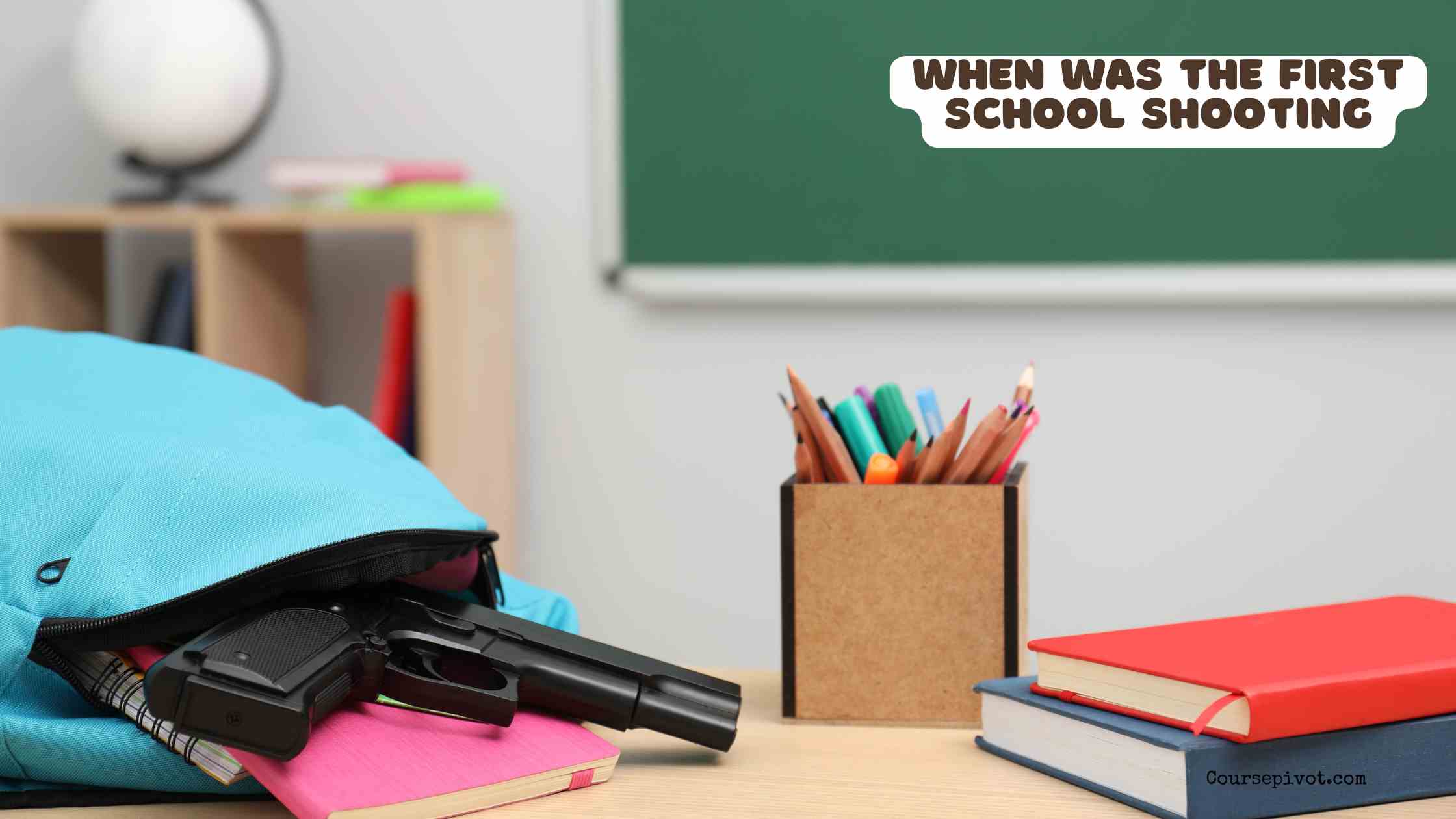
When Was the First School Shooting?
The first school shooting in recorded U.S. history occurred on July 26, 1764, during Pontiac’s Rebellion, when Native American warriors attacked a schoolhouse in what is now Greencastle, Pennsylvania, killing the teacher and nine or ten children. This incident, often called the Enoch Brown school massacre, marks the earliest known violent attack involving firearms on a school property in America. With school shootings becoming a tragic modern phenomenon, understanding their historical roots is essential, as they highlight evolving societal and security challenges.
Table of Contents
The blog explores five key aspects of the first school shooting, its context, and its significance, drawing from historical records to provide clarity and perspective.
Historical Context of the 1764 Enoch Brown Massacre
The Enoch Brown school massacre took place amid Pontiac’s Rebellion, a Native American uprising against British colonial expansion following the French and Indian War. It was a wartime atrocity, not a random act. According to historical accounts, four Lenape (Delaware) warriors entered the schoolhouse near present-day Greencastle, Pennsylvania, and opened fire on the teacher, Enoch Brown, and his students. Key details:
- The Attack: Brown was shot and scalped, while nine or ten children (reports vary) were killed with tomahawks and gunfire; one boy survived with severe injuries.
- Motivation: The warriors were part of a broader resistance led by Ottawa leader Pontiac, targeting colonial settlements, including schools as symbols of encroachment.
- Aftermath: The bodies were mutilated, and the event fueled anti-Native sentiment among colonists, escalating frontier conflicts.
This was not a “mass shooting” in the modern sense but the first documented use of guns in a school attack in U.S. history, predating the nation’s founding by over a decade. Historians note it as a pivotal early example of violence on educational grounds.
Earlier or Global Precedents
While the 1764 event is the earliest in what became the United States, some sources debate if it qualifies as a “school shooting” due to its wartime context. Global history offers even earlier examples. Research indicates potential incidents in Europe or Asia, but U.S.-focused records point to 1764 as the starting point for American history. Considerations:
- Pre-1764 U.S.: No documented school shootings exist before European settlement, though colonial violence was common.
- International: In 17th-century Europe, events like the 1760 shooting at a French school (unverified) are mentioned anecdotally, but lack reliable sourcing.
- Evolution: By the 19th century, incidents like the 1891 Liberty, Mississippi school shooting (where a man wounded 14 students) emerged as more “modern” precursors.
The 1764 massacre sets the historical benchmark for U.S. records, emphasizing how school violence has roots in conflict and expansion.
Definition and Modern Interpretations
Defining a “school shooting” affects what counts as “first.” Criteria vary by source. The K-12 School Shooting Database starts tracking from 1966, focusing on intentional gun discharges on school property. Broader historical views include:
- Intentional vs. Accidental: Modern definitions exclude suicides or accidents, but early events like 1764 involved deliberate attacks.
- School Property: Includes K-12, colleges, and buses; the Enoch Brown incident fits as it targeted a one-room schoolhouse.
- Victim Count: No minimum required, but mass casualty events like 1764 qualify.
Wikipedia’s pre-2000 list confirms 1764 as the earliest U.S. entry. This evolution shows how perceptions of “school shootings” have shifted from wartime acts to contemporary mass violence.
Impact and Legacy on U.S. History
The 1764 massacre had lasting effects on colonial attitudes and policy. It intensified frontier fears. Historical analyses link it to increased militia activity and anti-Native policies, contributing to the buildup to the American Revolution. Long-term implications:
- Cultural Memory: Rarely discussed in modern school shooting debates, overshadowed by events like Columbine (1999), which killed 13 and injured 24.
- Policy Echoes: Early violence influenced later school safety measures, from colonial forts to today’s lockdowns.
- Victim Remembrance: The children’s scalped bodies were a grim symbol, buried in a mass grave, highlighting civilian casualties in colonial wars.
Today, with over 400 school shootings since Columbine per 2024 data, the 1764 event underscores the deep historical roots of such tragedies.
Practical Tips for Historical Research
To explore school shooting history further:
- Consult Reliable Sources: Use archives like the Library of Congress or Smithsonian for primary documents on 1764.
- Cross-Reference Databases: Check K-12 SSDB or Wikipedia lists for timelines starting from 1764 or 1966.
- Avoid Myths: Debunk urban legends; focus on verified events like Pontiac’s Rebellion.
- Discuss Ethically: When teaching or sharing, emphasize context to avoid sensationalism.
- Modern Relevance: Connect to current issues like gun violence prevention for deeper understanding.
These steps ensure accurate, respectful inquiry. A historian studying 1764 for a paper gained insights into colonial trauma, per a 2024 academic review.
Why This History Matters
Understanding the first school shooting provides context for today’s crises, where 332 incidents occurred in 2024 alone. It reminds us that violence on educational grounds has persisted for centuries, informing prevention efforts and societal reflection.
Read Should You Immediately Lie on the Ground in an Active Shooter Incident?
Key Takeaways
The first school shooting was on July 26, 1764, during Pontiac’s Rebellion, when Lenape warriors killed teacher Enoch Brown and nine or ten children at a Pennsylvania schoolhouse. This wartime event symbolizes early U.S. violence on school property, predating modern mass shootings like Columbine in 1999. Dr. Maria Lopez, a historian, notes that recognizing such roots highlights the long-standing need for school safety measures.
Cite this article
You can copy and paste your preferred citation format below.
Martin, L. & Arquette, E.. (2025, September 15). When Was the First School Shooting?. Coursepivot.com. https://coursepivot.com/blog/when-was-the-first-school-shooting/



